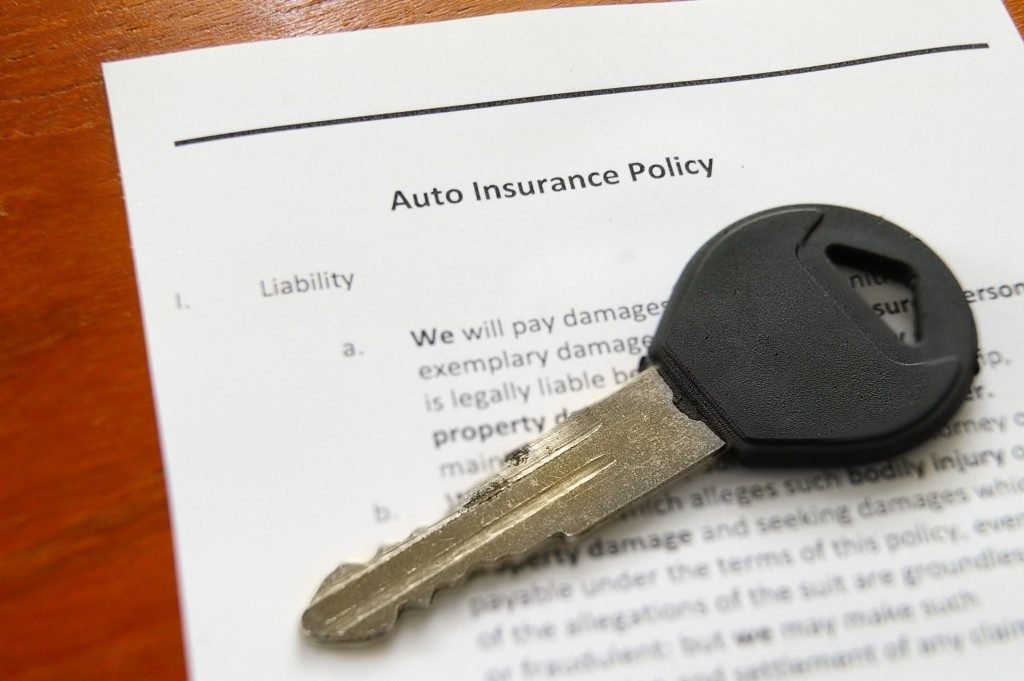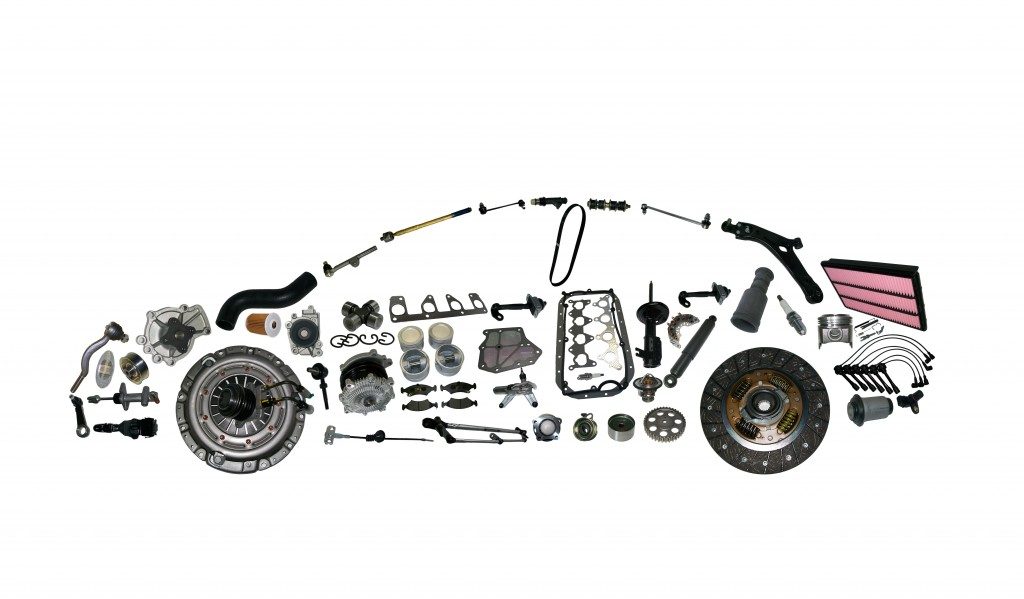- Poor visibility while driving at night can increase the likelihood of accidents.
- Dirty/scratched windshields can obstruct your view and create glare.
- Age-related eye changes such as glaucoma, cataracts, dry eyes, and presbyopia can affect vision while driving at night.
- Worn-out headlights need to be replaced every few years.
- Glare from oncoming headlights and rearview mirrors can temporarily blind drivers.
Driving at night can be challenging for many people, and being unable to see well only worsens things. Poor visibility when driving at night can increase the likelihood of accidents, putting the driver and other road users at risk.
You may struggle to see well at night while driving for several reasons. This blog post will discuss the five most common reasons people can’t see well when driving at night and what you can do about it.
Dirty, Haze, Scratched Windshield
Your windshield is your first line of defense against the elements, and it can attract dirt, dust, and other debris over time. Not only can this obstruct your view, but it can also reflect light from other vehicles, creating glare that can hinder your visibility. Make sure your windshield is clean and free of scratches and cracks.
However, if you’re uncertain about the state of your windshield, consider visiting a glass specialist for a professional window tint repair service. These experts have the knowledge and tools to accurately assess your windshield and take steps to repair any damage or replace the windshield if needed.
Age-Related Eye Changes

As you age, you are prone to experience several eye changes that can affect your vision, making it harder to drive at night. While it is normal to experience a decline in sight, it is necessary to understand the various age-related eye changes that affect your eyesight while driving at night and how to cope with them.
Glaucoma
Glaucoma occurs when the optic nerve is damaged, leading to a gradual loss of vision. It is common in older people and can lead to permanent blindness if not treated early enough. Glaucoma makes it difficult to see at night, affecting your peripheral vision. If you have glaucoma, avoiding driving at night or during adverse weather conditions is advisable.
Cataracts
Cataracts occur when the eye’s natural lens becomes cloudy, leading to blurry vision. It is common in older people and can make it challenging to see while driving at night. People with cataracts experience difficulty seeing bright headlights, which can cause temporary blindness while driving. Cataracts can be corrected through surgery. If surgery is not an option, drivers can use anti-glare glasses to help them see better while driving at night.
Dry Eyes
Dry eyes are familiar in older people and can cause irritation, redness, and discomfort. Drivers with dry eyes may experience difficulty seeing at night as their eyes become more sensitive to glare. To avoid dry eyes, ensure your car’s air conditioning is not pointed towards your face, and use artificial tears to moisten your eyes.
Presbyopia
Presbyopia, commonly called “aging eye,” occurs when the eyes’ lens loses elasticity, making it challenging to focus on close objects. This condition can make reading road signs and dashboard instruments hard while driving at night. It is recommended that drivers with Presbyopia use glasses with an anti-reflective coating and avoid driving in poorly lit areas.
Worn-Out Headlights
Your car’s headlights are vital for driving at night. However, the headlight covers may develop cracks or scratches over time, reducing the light that shines through. It is recommended to replace your headlights every few years to ensure maximum visibility when driving at night.
Glare From Other Vehicles

Glare from oncoming headlights can be blinding, even if they are low-beam lights. Additionally, the headlights of cars behind you can reflect off your side view mirrors and temporarily blind you. Adjusting your rearview mirror can reduce the glare from behind you. You can also look away or down when a vehicle approaches.
Medications
Lastly, certain medications can cause impaired vision or make it harder to see in low-light conditions. If you’re taking any medication and experiencing difficulty seeing while driving at night, speak to your doctor about potentially adjusting your dosage or switching to another medication.
Final Thoughts
You may not be able to see well when driving at night for several reasons. Age-related eye changes, dirty or scratched windshields, worn-out headlights, glare from other vehicles, and certain medications can all make it harder to see. Maintaining your ability to see well while driving at night is essential to stay safe on the road and avoid putting yourself and other road users at risk.



